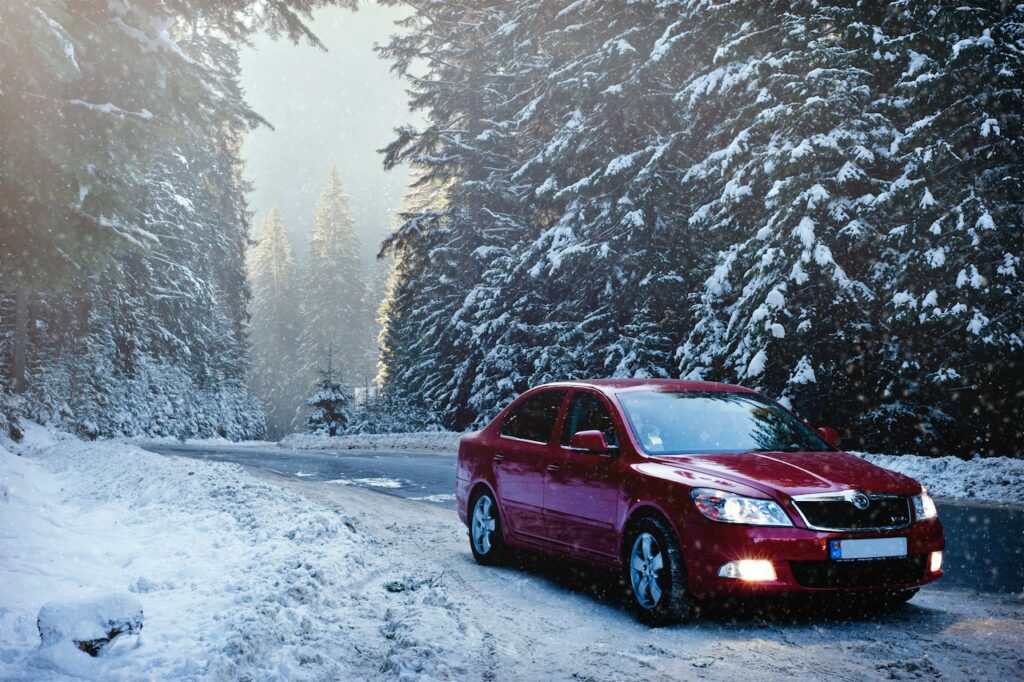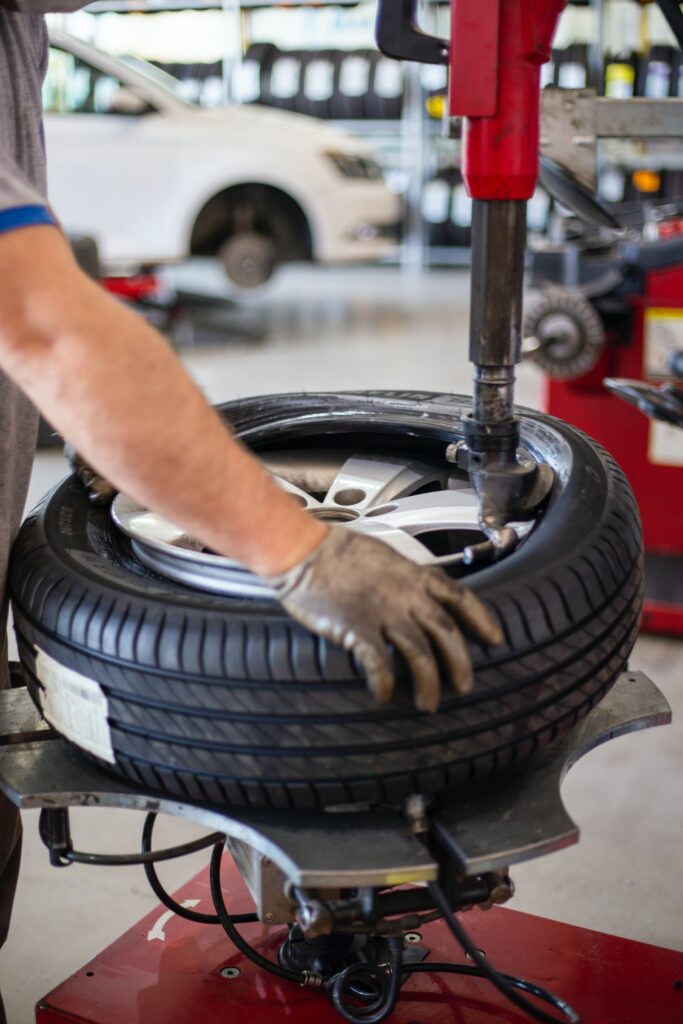Choosing new tyres for your car can be stressful – especially if this is your first time sourcing replacements! Getting the right tyre size is perhaps the most important consideration, and there are a number of tips and techniques that you can use to ensure you get the right size tyres every time.
Remember, if you have concerns over your tyres, you should get them checked by professionals, such as our own providers of Laindon car centre services right here at Advanced Service Centre.
Choosing the right tyre sizes
The best way to choose the correct tyre sizes is by using an online tyre size calculator. This will allow you to enter all the relevant information about your vehicle including its wheelbase length, width and height. It will then calculate what size tyres you need based on these measurements.
If you don’t have access to an online tyre size calculator, here are some other things to consider:
- Your vehicle’s dimensions
There are a number of figures that you will need to know surrounding the dimensions of your vehicle: the Wheelbase Length (WL), Width (WD) and Height (HD). These should be measured from one side of the vehicle to another.
- Tyre pressure
You should always check the recommended pressure for each tyre before mounting them on your vehicle.
- Tread pattern
There are various different tread patterns available for cars. They include:
- Pirelli Cinturato All Terrain (PCT): Designed for off-road conditions
- Michelin CrossContact 4×4 (MXT): Suitable for light off-roading or driving in hilly terrains
- Bridgestone Potenza RE050A (BRT): Ideal for high performance road vehicles
- Tyre type
There are two types of tyres available for cars:
- Tyres with steel belts (steel belted radials): made up of steel wire wrapped around rubber. Steel belted tyres offer good traction and handling, but they also wear quickly.
- Tyres with nylon belts (radial tyres): made up of layers of fabric which wrap around a central core. Nylon belted tyres provide better grip than steel belted tyres, but they wear out more slowly.
What are the most common tyre sizes?
Many cars will use the most common tyre sizes, which are as follows:
- 205/55 R15: used on many small family cars, hatchbacks, and saloons
- 225/50R16: used on many mid-size family cars, SUVs, and minivans
- 245/40R17: used on larger family cars, vans, and trucks.
- 255/35R18: Used on large family cars, vans, and pickups.
How can you extend the life of your tyres?
Once you have your new tyres fitted, it is important that you take steps to ensure they last for as long as possible. There are a few methods to achieve this, and these include:
- Maintaining proper inflation levels
It is important to maintain the correct level of inflation for your tyres. If you do not, you risk damaging the tyre itself or causing damage to your suspension system. In order to determine whether your tyres require additional inflation, you should carry out a visual inspection. Look at the sidewalls of the tyres and make sure there are no bulges or dents. Also look at the tread pattern and see if any of the lines are missing or worn away.
- Using correct tyre types
When choosing tyres, you should opt for those that match your vehicle’s intended purpose. For example, if you plan on doing a lot of motorway driving, then you should choose tyres that are designed for this kind of usage. This includes selecting tyres that have low rolling resistance.
- Checking air pressure regularly
If you want to extend the life of your tyres, you should check their air pressure every month or so. To do this, simply remove the valve caps and fill the tyres with air using the hand pump provided by the manufacturer. Make sure that you only inflate the tyres to the maximum recommended pressure.
- Avoid driving at high speeds
Driving too fast can cause the tyres to heat up and expand. As a result, the contact patch between the tyre and the ground becomes smaller and smaller. This causes increased friction between the tyre and the road surface, resulting in higher fuel consumption.
- Check tyre wear
You should regularly inspect your tyres and replace them when necessary, and it is best to check your tyres once a month. When checking them, first look at the tread pattern. A well-maintained tread pattern should be smooth and clean. Next, look at the sidewall of the tyre. If there are cracks or holes, this could indicate that the tyre has been damaged. Finally, look at the centre of the tyre. If it looks like it is wearing unevenly, this may mean that the tyre needs replacing.
Final thoughts
Your tyres are one of the most important elements of your vehicle, and are crucial in keeping you safe. It is important that you make the time to check your tyres regularly, and ensure that you choose the right tyres to replace worn elements as soon as the signs appear.
When you are in need of a car tyre service in Laindon, Essex, why look any further than our own experts at Advanced Service Centre? We can help give you peace of mind when it comes to this crucial aspect of your vehicle.






